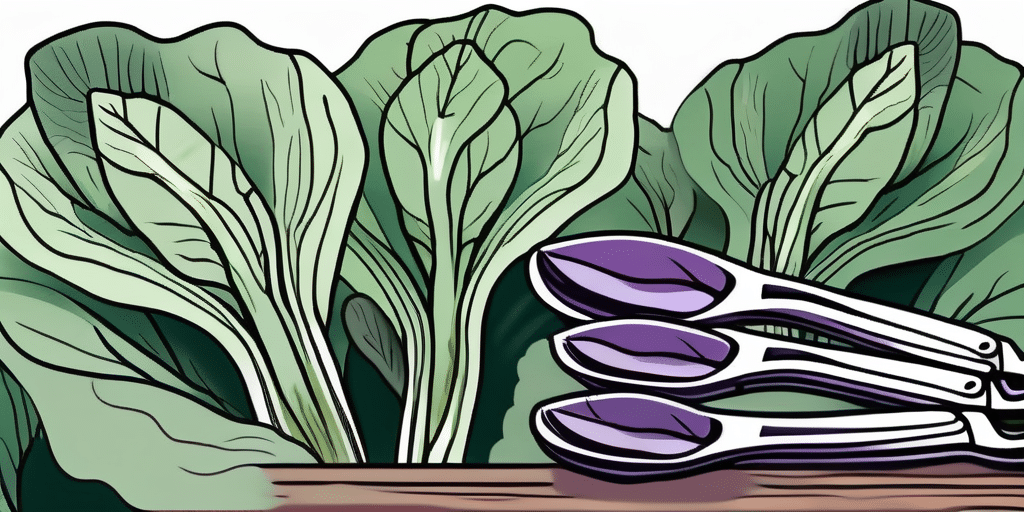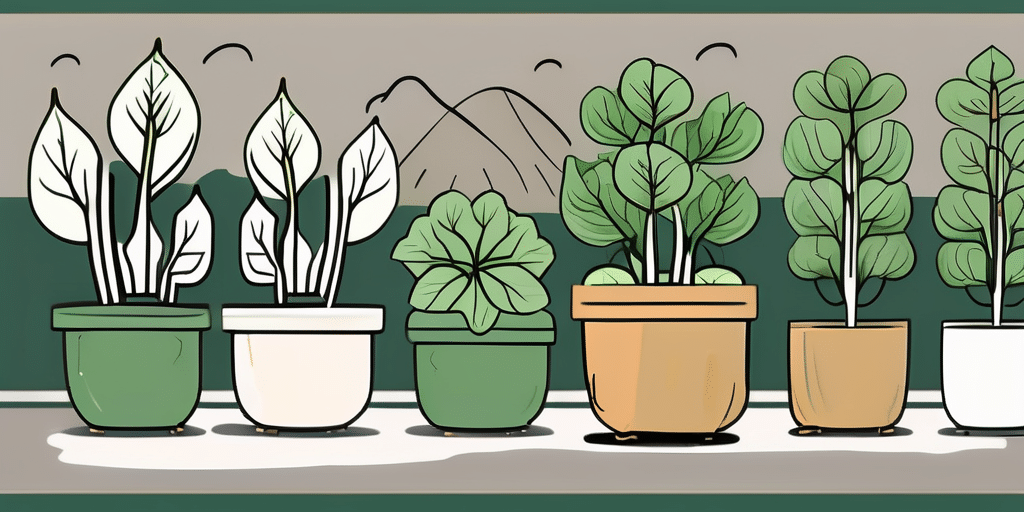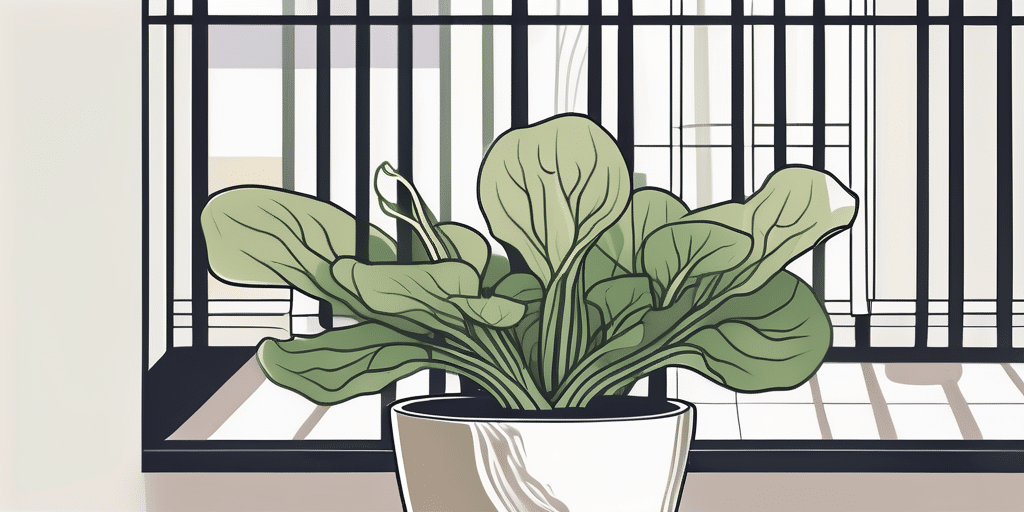Purple Bok Choy, also known as Brassica rapa var. chinensis, is a vibrant and nutritious vegetable that is a joy to grow in your garden. This leafy green, with its stunning purple hues, not only adds a pop of color to your garden but also brings a unique flavor to your kitchen. Transplanting Purple Bok Choy is an essential part of its cultivation process, and doing it correctly can significantly impact the health and yield of your plants. This guide will walk you through the process of when and how to transplant Purple Bok Choy.
Understanding Purple Bok Choy
Purple Bok Choy is a type of Chinese cabbage that is known for its vibrant purple leaves and crisp, white stalks. It is a cool-season crop, which means it grows best in the cooler parts of the year, typically in the spring or fall. This vegetable is packed with vitamins A, C, and K, making it a healthy addition to any diet.
The plant is relatively easy to grow, making it a favorite among both novice and experienced gardeners. However, like any plant, it has its specific needs and requirements for optimal growth. One of these requirements is the need for transplanting at the right time and in the right way.
When to Transplant Purple Bok Choy
The timing of transplanting Purple Bok Choy is crucial for its growth and development. According to the United States Department of Agriculture (USDA), the best time to transplant Purple Bok Choy seedlings is when they are about 4-6 weeks old. This is typically when the plants have at least 4-5 true leaves.
Another factor to consider is the temperature. As a cool-season crop, Purple Bok Choy prefers temperatures between 55 and 70 degrees Fahrenheit. Transplanting should ideally take place when the outdoor temperatures are within this range.
How to Transplant Purple Bok Choy
Step-by-Step Guide
Prepare the Garden Bed: The first step in transplanting Purple Bok Choy is to prepare the garden bed. The soil should be well-draining and rich in organic matter. You can improve the soil quality by adding compost or well-rotted manure. The pH level of the soil should ideally be between 6.0 and 7.0.
Space the Plants: Purple Bok Choy needs room to grow. Space the plants about 12-18 inches apart. This spacing allows the plants to grow to their full size and ensures that they get enough sunlight and air circulation.
Transplant the Seedlings: Carefully remove the seedlings from their containers, making sure not to damage the roots. Dig a hole in the prepared garden bed that is deep enough to cover the root ball of the seedling. Place the seedling in the hole and cover the roots with soil.
Water the Plants: After transplanting, water the plants thoroughly. This helps to settle the soil around the roots and reduces transplant shock.
Monitor the Plants: Keep an eye on the plants for the first few weeks after transplanting. Water them regularly and watch out for any signs of pests or diseases.
Post-Transplant Care
After transplanting, Purple Bok Choy requires regular watering and feeding. The soil should be kept consistently moist, but not waterlogged. Overwatering can lead to root rot and other diseases. A balanced vegetable fertilizer can be applied every 2-3 weeks to promote healthy growth.
Keep an eye out for common pests like aphids and cabbage worms. If you notice any, they can be controlled with organic pesticides or by introducing beneficial insects like ladybugs into your garden.
Benefits of Transplanting Purple Bok Choy
Transplanting Purple Bok Choy has several benefits. Firstly, it allows you to start the plants indoors where conditions can be controlled. This is particularly beneficial in areas with short growing seasons. Starting the plants indoors gives them a head start and increases the chances of a successful harvest.
Secondly, transplanting allows you to space the plants correctly. Proper spacing is essential for the plants to grow to their full size and for good air circulation, which helps prevent diseases.
Conclusion
Transplanting Purple Bok Choy is a straightforward process that, when done correctly, can lead to a bountiful harvest of this vibrant and nutritious vegetable. Remember, the key to successful transplanting lies in the timing, the preparation of the garden bed, and the care taken during and after the transplant process.
With this guide, you are well on your way to growing your own Purple Bok Choy. Happy gardening!
Join Our Green-Thumbed Community!
Ready to take your gardening skills to the next level? Subscribe for free to How to Grow Everything and learn how to build the garden of your dreams! Receive personalized gardening advice tailored to your location, grow zone, and experience level. Enjoy the best gardening tips, special offers, and insights delivered straight to your inbox—100% free, from our family to yours. No spam, just the support you need to grow vibrant vegetables like Purple Bok Choy and more. Happy gardening!






